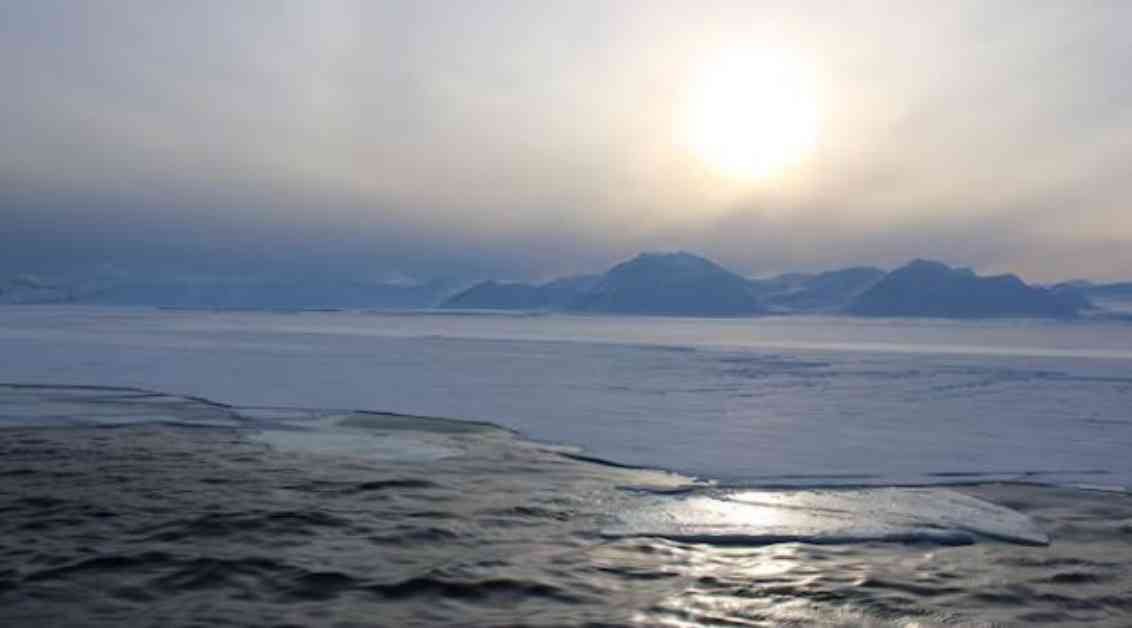The Arctic archipelago of Svalbard, located north of mainland Norway, has recently experienced unprecedented temperatures in August. On Sunday, Svalbard broke its all-time record for August temperatures, reaching a remarkable 20.3 degrees Celsius. This significant increase was reported by the Norwegian Meteorological Institute, marking a milestone for the island’s climate history.
The Record-Breaking Temperature
The previous record for August temperatures at the Svalbard Airport was set on August 31, 1997, at 18.1 degrees Celsius. However, this year saw a substantial leap in temperatures, surpassing the previous record by a significant margin. The island of Svalbard, also known as Spitsbergen, is renowned for its extreme weather conditions, but this recent record-breaking temperature highlights the impact of climate change on even the most remote regions of the planet.
Impact of Climate Change on Svalbard
The Arctic region, including Svalbard, is experiencing what scientists refer to as « Arctic amplification, » where temperatures in the Arctic are rising at a much faster rate compared to the global average. This phenomenon is attributed to various factors, including the melting of sea ice, changes in ocean currents, and feedback loops that exacerbate warming trends. The recent temperature records in Svalbard are a stark reminder of the ongoing climate crisis and its impact on even the most pristine environments on Earth.
According to the official Norwegian report « Climate in Svalbard 2100 » released in 2019, the average temperature in Svalbard is projected to increase by 7 to 10 degrees Celsius by the end of the century, depending on future emissions levels. This drastic temperature rise poses significant challenges for the fragile ecosystems and indigenous communities that call Svalbard home.
Longyearbyen: Ground Zero for Climate Change
Longyearbyen, the administrative capital of Svalbard and home to the airport where the record-breaking temperatures were recorded, has been at the forefront of climate change impacts. Over the past 118 years, the average annual temperature in Longyearbyen has increased significantly, with a rate three times higher than the global warming trend during the same period. This accelerated warming trend has profound implications for the local environment, wildlife, and human settlements in Svalbard.
As temperatures continue to rise in the Arctic, the implications for Svalbard’s unique ecosystem are profound. Glaciers are melting at an alarming rate, sea ice is diminishing, and wildlife habitats are being disrupted. The cultural heritage of the indigenous communities in Svalbard is also under threat, as traditional ways of life are being challenged by the rapid changes in the environment.
In conclusion, the record-breaking temperatures in Svalbard serve as a stark reminder of the urgent need for global action to address the climate crisis. As one of the most remote and pristine regions on Earth, Svalbard’s vulnerability to climate change highlights the interconnectedness of environmental issues and the importance of preserving our planet for future generations.

